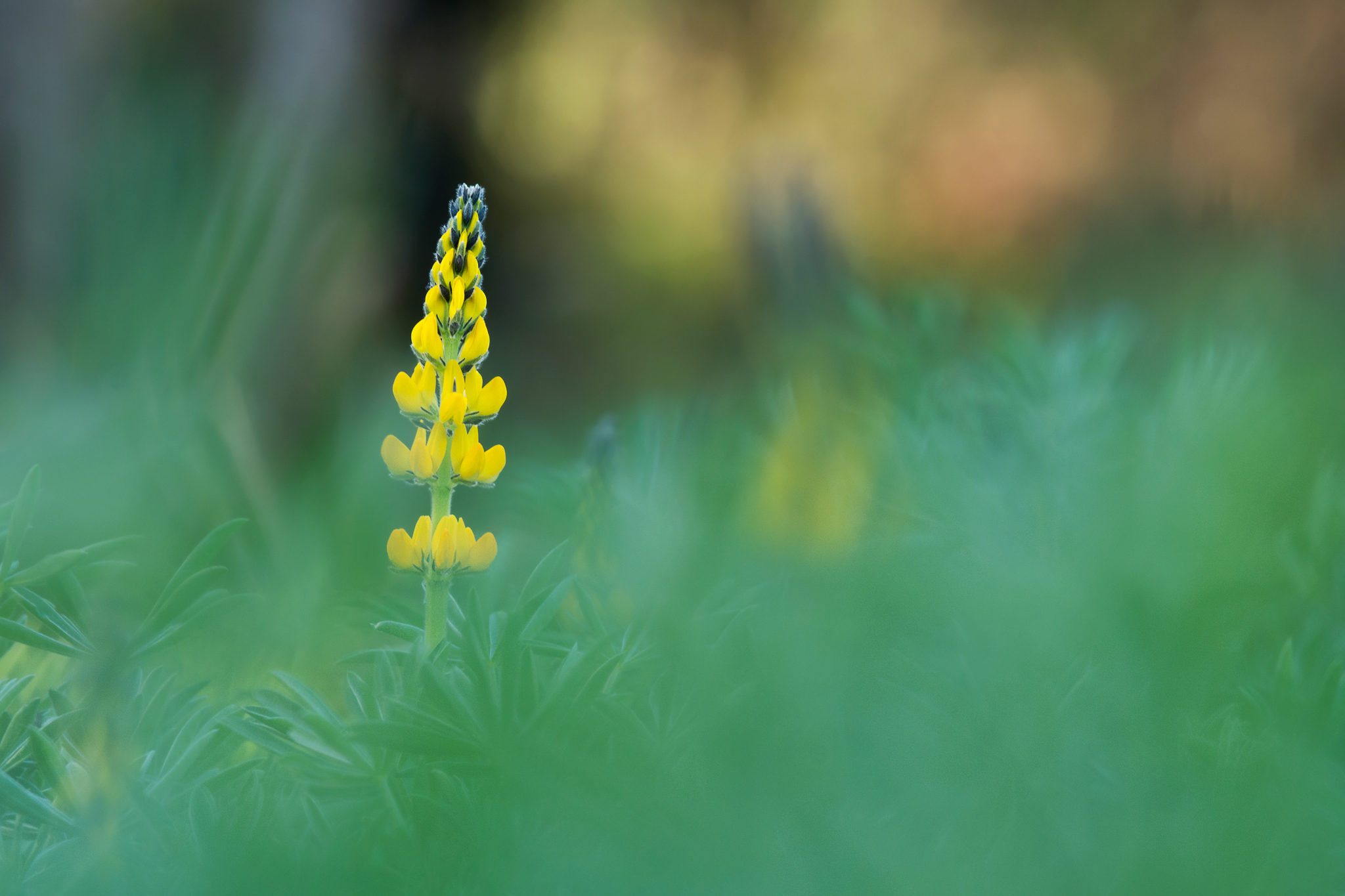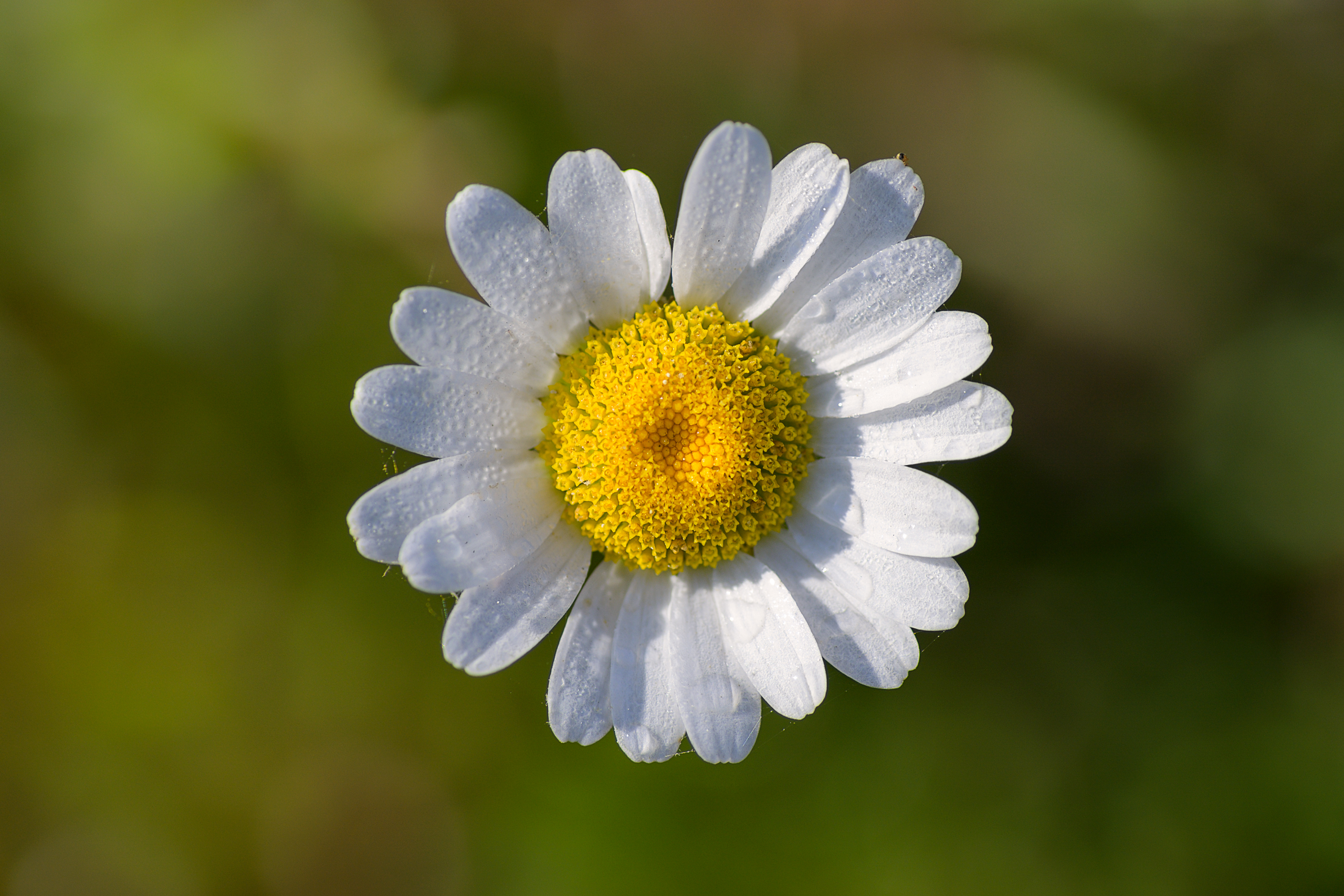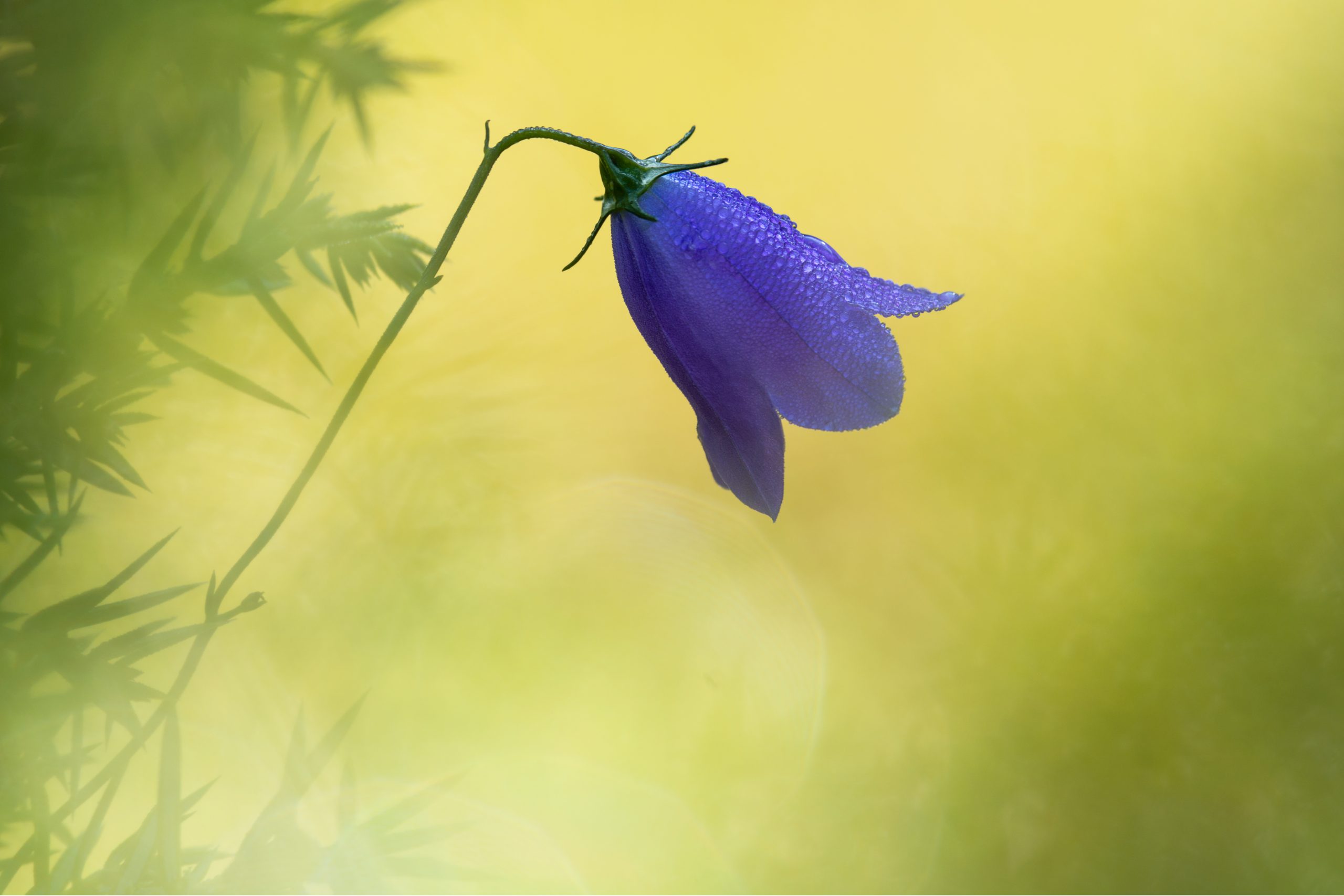Spring is considered by many the most inspiring season and there are reasons for that. During this time of the year, nature gains a new life, birds sing more frequently and intensely and most of the plants bloom, painting vast areas of the most diverse colours.
The vibrant colours and the varied shapes of the flowers provide excellent opportunities for great flower photography. It may sound simple, but shooting flowers can be a real challenge. Obviously not because they run away like animals, but because it’s difficult to find interesting and appealing compositions. However, once you learn some of the ideas and tips I present in this article, I’m sure you will be able to improve your flower images.
Before I start explaining some of the ideas and tips, I would like to make a disclosure. When photographing flowers, please be careful to not damage the plants. You should never collect them, even if it implies a lower quality photograph, because the purpose of nature photography is precisely the opposite, to address biodiversity conservation.

Use the distracting elements in your favour
Flowers are structures that grow frequently close to the ground and many times are surrounded by other vegetation. This vegetation can be a real distraction in your final image if you don’t take the necessary precautions. A decision needs to be done, you either include or don’t include these elements in your composition. If you decide to not include them, you only have one option, which is to change your position and try a “cleaner” composition. Nevertheless, you can use these distracting elements in your favour, including them in the image. To accomplish good results, you should use a wider aperture (smaller f number) and experimenting with the distance between your camera and the main subject until you get these elements properly blurry. Most of the times this second technique works better than the first and when well executed the probability of getting a great result is high.

Get up-close and capture the details
Flowers are complex and detailed structures. Get your lens close to the subject and photograph these details. The best option to perform this technique successfully would be a macro lens, but there are cheaper options on the market that also work well, such as filters and extension tubes. Note that when shooting so close, the depth of field will be greatly reduced. Although it’s not essential having everything sharp, it can be a challenge to get enough area in focus. In these cases, I recommend you using smaller apertures (between f/8 and f/16) and even so you may need to focus stack some images, depending on how close you are from the subject and the focal length you are using.

Experiment different perspectives
Don’t just shoot at your eye level. This is a mistake that many people make and limits the quality of their photographs, making them uninteresting. Get down to the flower level or even shoot from above. You should always try different angles, because each subject and background may require a different perspective for more dynamic images.

Look for patterns, colours and shapes
Nature is full of beautiful patterns, colours and shapes that we can take advantage of for photography. Try to find these patterns, whether in a single flower or in a group of flowers. In the following image I used the shape and colour of the ferns to contrast with the colour and shape of the flowers.

Use the highlights
Although you should always be cautious with the highlights in the background, because the image can be easily overexposed, you can also use them to create interesting flower images. For example, in the first image below, I used the highlights in the background to get textures and circular shapes, which gives some depth to the photo, making it much more appealing than having a smooth background. In the second image this technique allowed me to backlit the flower and highlight some shadows on the petals.


Include animals and photograph the surrounding landscape
Given that flowers are essential for many insects and vice versa, why not capture this relationship so important to the ecosystems? This way, you are adding another element to the image, helping to tell a story. That story could be, for example, the fact that a certain species of wasp depends on a certain flower to survive.

You can also use a wide-angle lens to capture more of the subject’s surroundings, adding landscape photography to flower photography. This kind of images gives the viewer information that would not otherwise be observable: the type of habitat in which these plants grow.

Thank you for reading this article. If you have any questions or suggestions feel free to contact me.
